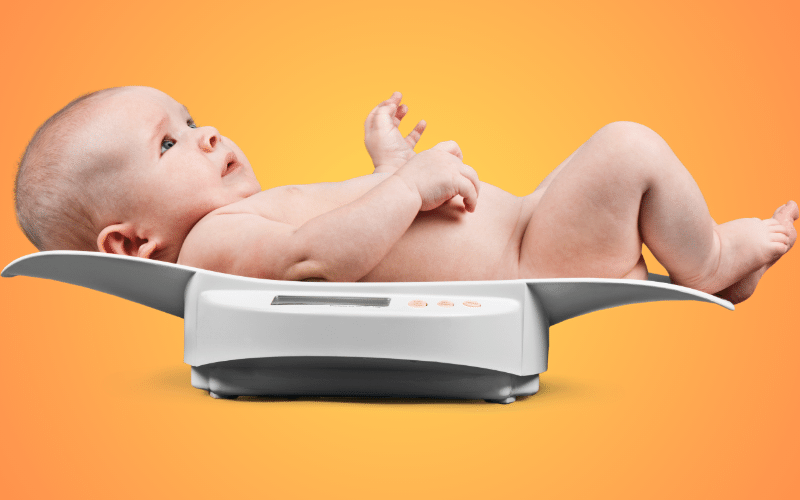2. Weight Loss: Not the Baby Fat You Want to Lose

No parent ever wants to hear that their baby is losing weight, especially in the first few weeks of life when growth and weight gain are expected. With pyloric stenosis, weight loss is not subtle; it’s noticeable and alarming. The condition acts like a roadblock in the digestive system, preventing nourishment from reaching its final destination.
You might first notice it when you’re changing diapers. The baby appears thinner, and the once-snug diapers start fitting a bit loose. It’s a slow build, but the cumulative effect can’t be ignored. Parents may also find that clothes don’t fit as they used to; outfits that were tight a week ago are suddenly baggy.
Weight loss in pyloric stenosis isn’t just about a decrease in fat. It’s also about a loss of muscle tone. This isn’t your typical “baby is slimming down because they’re more active” scenario. In this condition, the baby is losing muscle because they’re not absorbing enough nutrients to maintain it. It’s not just weight that’s at stake; it’s the baby’s overall growth and development.
Another red flag? A distinct reduction in the number of wet diapers. Babies with pyloric stenosis are not processing enough fluids, which means fewer wet diapers. Unlike what happens with a stomach bug or other short-lived illnesses, this is a consistent, downward trend in both weight and diaper changes, not just a one-off event.
The psychological aspect can’t be overlooked. Parents may feel overwhelming stress and helplessness. Their baby is losing weight, and they can’t figure out why. They’re offering all the love, warmth, and nutrition they can provide, but the numbers on the scale keep going down. It’s a desperate feeling. (2)